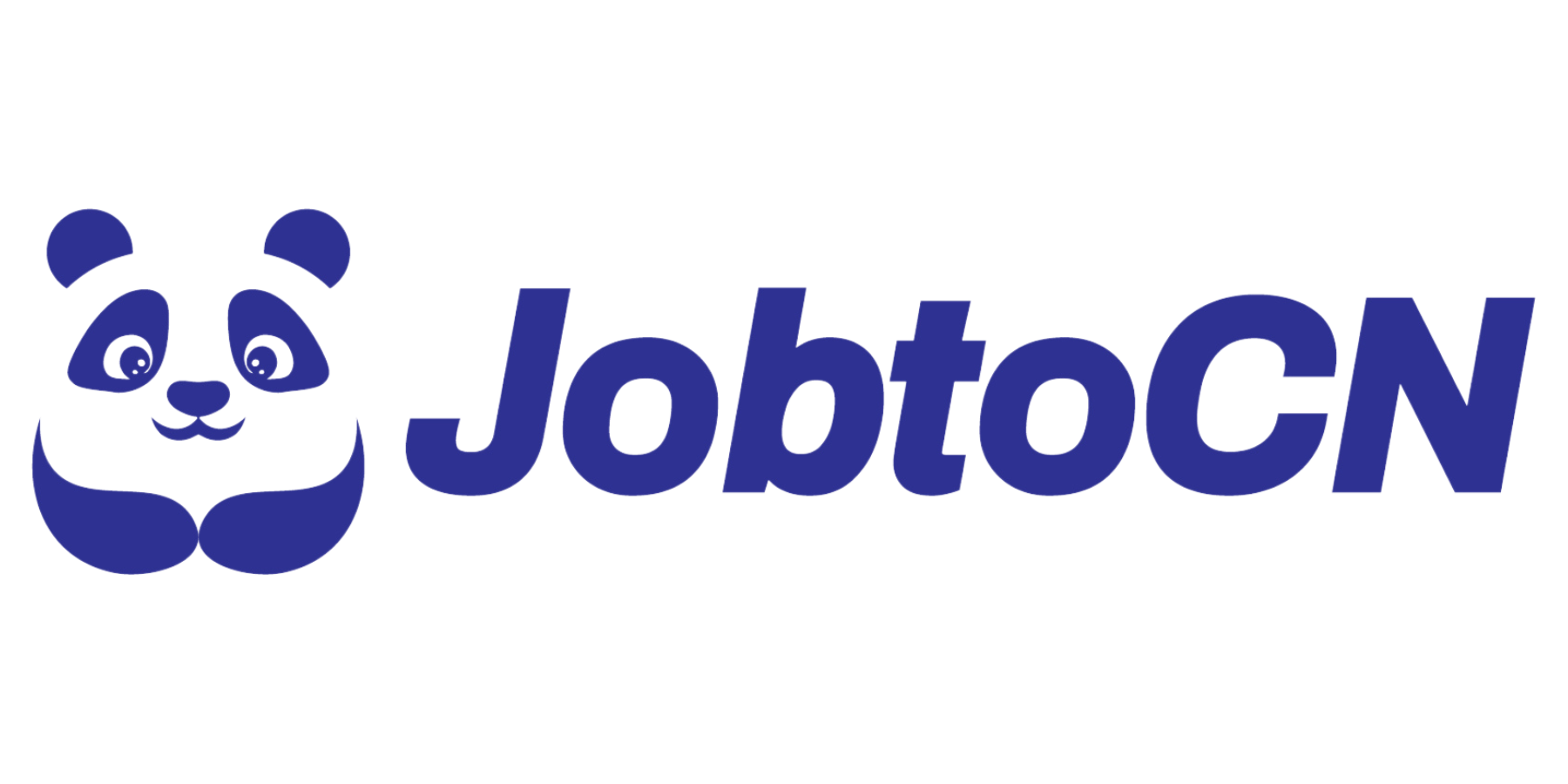In recent years, Chinese companies have been accelerating their investments and factory establishments in Brazil, covering sectors such as home appliance manufacturing, photovoltaic energy, construction machinery, and electric vehicles. This trend not only reflects the deepening globalization strategies of Chinese enterprises, but also highlights the strengthening economic and trade ties between China and Brazil.
From the full localization of Gree and TCL, to the green capacity deployment of BAIC Foton and BYD, and the solar power “seeding” by Power Construction Corporation of China (PowerChina), how are Chinese companies overcoming the complex challenges of logistics, labor, and culture in Brazil?
This article dissects four representative case studies to reveal the “survival rules” for Chinese enterprises to thrive in Brazil.
01. Gree Electric: 24 Years of Deep Localization to Become Brazil’s No.1 Air Conditioner Brand
In 2001, Gree established the first overseas factory by a Chinese home appliance brand in Brazil’s Manaus Free Trade Zone. Today, it holds over 30% market share and ranks as the highest-rated air conditioner brand among Brazilian consumers.
Keys to Success:
- “Market First, Factory Later” Strategy: Sales office was established in 1998. After 3 years of market validation, the factory was launched, avoiding premature investment.
- Full-Chain Localization: Less than 5% of staff are Chinese. Products are adapted to Brazil’s tropical climate (e.g., high-temperature-resistant compressors). Gree even provided air conditioning for Rio’s Olympic venues.
- Social Integration: Over BRL 1 billion paid in taxes. Many local workers have been promoted from the assembly line to management. A 22-year employee said, “Life gets better every year.”
- Takeaway: Localization is more than just building factories. It requires deep integration of talent, products, and culture.
02. BAIC Foton: Tech Export + Ecosystem Synergy Builds a Latin American Commercial Vehicle Hub
In 2025, BAIC Foton’s Brazil plant is expected to deliver its first localized light truck with an annual capacity of 5,000 units, serving Brazil, Mexico, Argentina and beyond.
Highlights:
- Green Transition: Leveraging NEV technology developed since 2003 to launch the “Aumark iBlue” smart logistics solution for South America.
- Ecosystem Synergy: Supported by 22 KD factories and 1,200 service outlets globally, forming an integrated “R&D–Manufacturing–Service” network.
- Data Insight: In Q1 2025, Foton’s sales in Latin America surged 180%. The Brazil plant became the region’s strategic hub.
03. PowerChina: “Planting” Solar Power in the Rainforest to Light Up a Small Northeastern City
In the small town of Mauriti (population: 40,000), PowerChina invested in a 425 MW photovoltaic project, creating over 2,000 jobs and boosting the local economy.
Key Features:
- “Farming-Style” Construction: From land leveling to grid connection, Chinese and Brazilian workers jointly “sowed” green energy.
- Local Revitalization: The once-quiet town welcomed new supermarkets and restaurants, with residents no longer needing to migrate south for jobs.
- Memorable Quote: “Building a solar farm is like farming—the grid connection is the harvest.”
04. TCL: Football Marketing + Local Supply Chain = Top 2 in Brazil’s Appliance Market in 8 Years
After a 2016 joint venture with local company SEMP, TCL achieved an 18.8% market share in televisions and became a Top 5 air conditioner brand in Brazil.
Breakthrough Factors:
- Product Localization: Large-screen TVs designed for Brazilian social gatherings; local suppliers trained directly on-site for air conditioner production.
- Cultural Connection: Football-themed marketing, monthly bilingual culture newsletters, and factory halls decorated with Spring Festival banners and lanterns.
- Future Goal: TCL aims to exceed RMB 10 billion in sales across all product lines in Brazil from 2025 to 2028.
05. Challenges & How to Overcome Them: A “Brazil Survival Guide” for Chinese Enterprises
- Labor Compliance: Dismissal costs are high and unions are powerful. Professional HR teams are essential (e.g., Gree strictly controls overtime).
- Tax Traps: Brazil has over 90 types of taxes. Inter-state operations must account for ICMS tax differences.
- Cultural Differences: Brazilian workers value work-life balance. Chinese managers are advised to “guide rather than criticize.”
- Cautionary Tale: A Chinese EV company was fined BRL 257 million for failing to meet labor housing standards—highlighting the importance of compliance.
06. Conclusion: Lessons from Success
From “going global” to “going local,” the success of Chinese enterprises in Brazil proves that globalization ≠ standardization.
Whether it’s Gree’s long-term approach, Foton’s technological empowerment, or TCL’s cultural integration—the common thread is: respecting local rules and creating shared value.
As a TCL employee put it:
“Going global isn’t about competing; it’s about cooperation and win-win outcomes.”
💬 What do you think is the biggest challenge for Chinese companies expanding overseas? Let’s discuss in the comments!
(Case studies based on official reports from SASAC, Worker’s Daily, and other authoritative sources. Data as of July 2025.)
